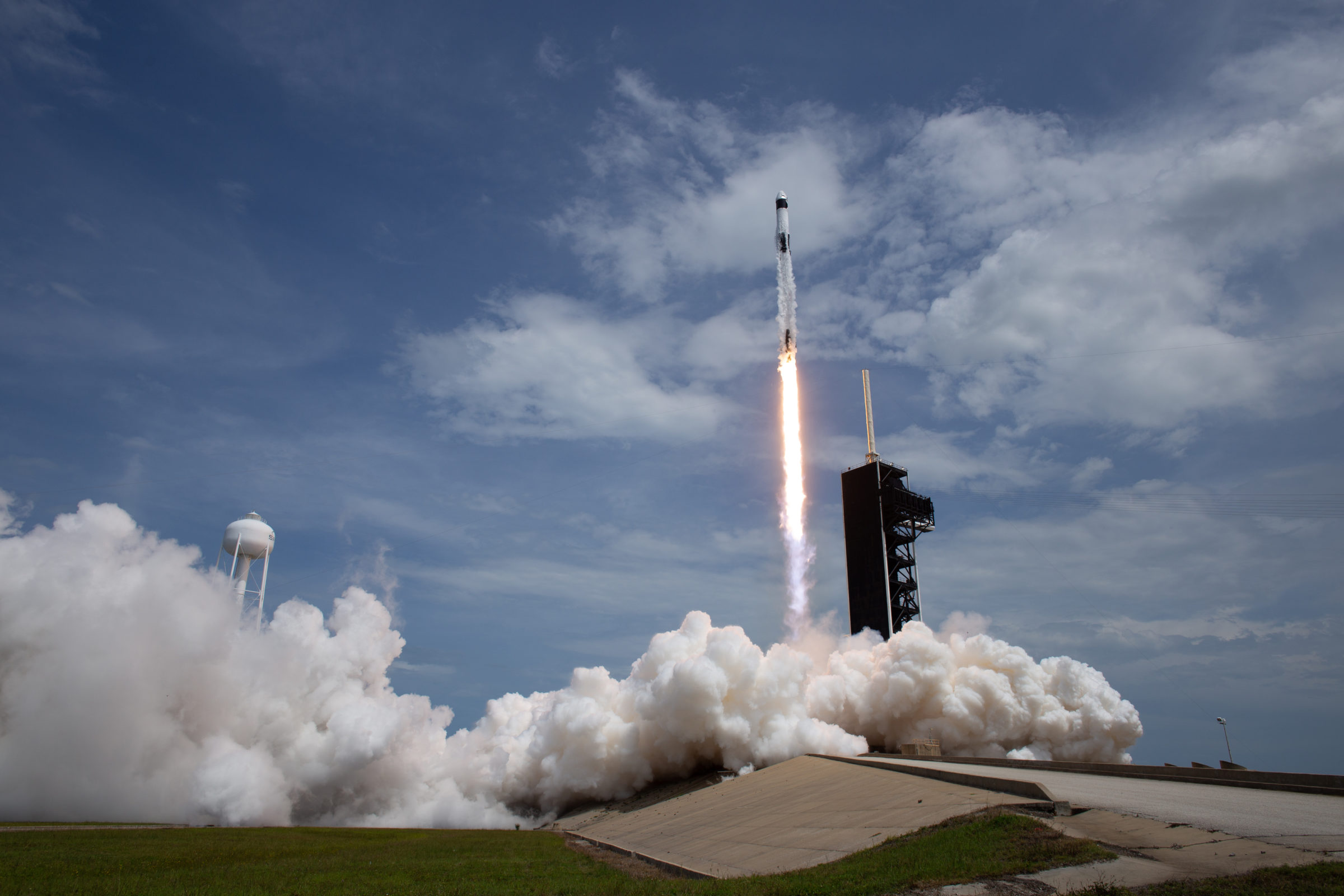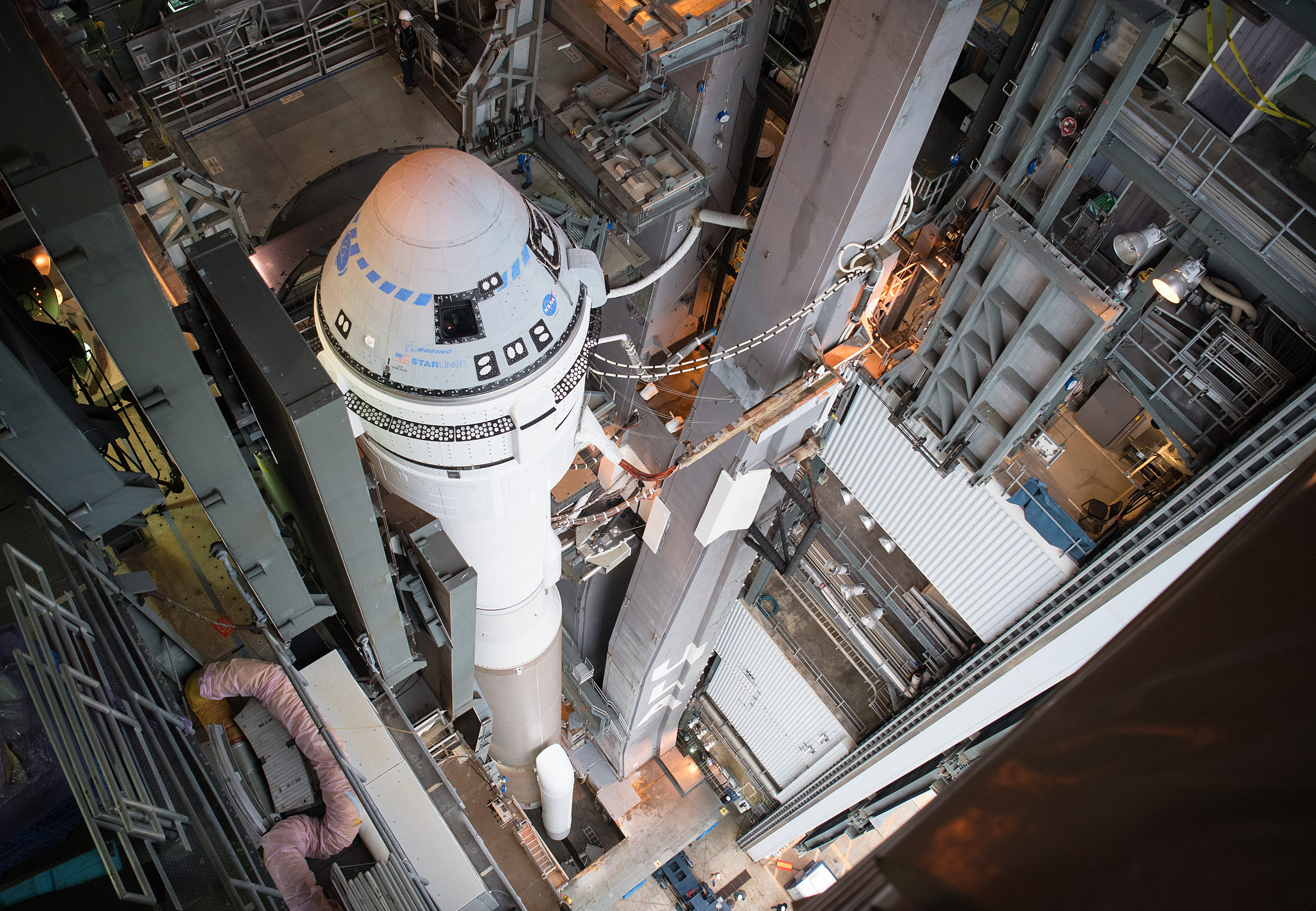The Planetary Society • Jul 01, 2021
Why NASA pays SpaceX and Boeing to fly astronauts to the International Space Station
Highlights
- NASA's commercial crew program is a partnership between SpaceX, Boeing and NASA to fly astronauts to the International Space Station.
- Unlike previous human spaceflight programs, NASA is a customer buying flights from commercial providers.
- The program is helping to lower the cost of spaceflight and create new a commercial market for humans in space.
After the final flight of the Space Shuttle in July of 2011, the U.S.
could no longer send its astronauts into space. This was a problem. The
shuttle's final act was to complete the International Space Station, the most ambitious human spaceflight project since Apollo.
Designed to last for decades, the ISS is the primary destination for NASA's astronauts. Without the shuttle, NASA's only option was to buy seats on Russia's Soyuz spacecraft.
How much did NASA pay for Soyuz flights?
As of 2020, the cost of a single Soyuz seat had risen to $90 million, and NASA had spent nearly $4 billion flying 70 astronauts to the ISS. It was politically unpalatable for the U.S. to spend billions of dollars supporting Russia's aerospace industry instead of its own. Fears had also grown about the reliability of Russia's space program, culminating with the 2018 emergency abort of a Soyuz carrying NASA astronaut Nick Hague.
Human spaceflight, despite its highest ideals, remains a powerful statement of industrial and economic might. Of the 3 countries ever to send humans into space — Russia, the U.S., and China — none have permanently abandoned that capability. But for nine years, the nation that first landed humans on the Moon has been unable to even launch them to Earth orbit.
Why didn't NASA build a replacement for the Space Shuttle?
NASA didn't end up in this situation for a lack of trying. The agency initiated multiple Shuttle-replacement projects in the 1990s and 2000s — most notably, Constellation — but these failed due to a variety of design, cost, and political problems. Before the end of the shuttle program, NASA never had the necessary political support to simultaneously fund the construction of the ISS, develop a new human-capable spacecraft and rocket system, and continue flying the Space Shuttle — which cost the space agency $3.5 billion per year toward the end of its lifetime.
Anticipating the need for an alternative to send cargo and crews to the ISS, NASA turned to the aerospace industry with a novel proposal: what if NASA was a customer, instead of your boss? Perhaps the agency would end up paying less in the long run, and end up jump-starting a whole new industry.

How is this different than NASA's past relationship with private companies?
Private industry has always been integral to NASA's efforts.
Historically, aerospace companies are contracted by NASA to design and
build spacecraft under close supervision of the space agency. NASA
guarantees to pay the full cost of development, even if the companies
exceed their original cost estimates.
The commercial crew program challenged this paradigm by suggesting that sending humans to the International Space Station is no longer such a difficult problem. That is, the challenges are well-understood enough that private companies would be willing to risk their own money on the effort if NASA provided financial assistance and other incentives.

When did NASA sign its first contract with SpaceX?
In 2006, NASA signed the first in a long series of contracts for companies to develop crew and cargo vehicles, with the promise that billions of dollars more awaited in future contract to send astronauts on those spacecraft to the ISS. The agency's financial contributions are fixed and paid only upon completion of verifiable milestones. Any cost overruns were shouldered by the companies themselves.
In return, NASA took a lighter regulatory touch after laying out its performance and safety requirements. In theory, these changes incentivized and enabled companies to find new efficiencies in development and production, lowering costs and allowing NASA to spend its money on other programs. The intellectual property would also remain with the companies, who could use it to generate additional revenue, potentially opening up new markets and economies.
What companies fly cargo to the ISS for NASA?
In 2008, the agency signed contracts with SpaceX and Orbital Sciences Corporation — now Northrop Grumman—to build and fly their own cargo vehicles to the ISS.
The plan worked: not even a year after the shuttle program ended, SpaceX's Dragon spacecraft made the first commercial berthing with the ISS. Orbital followed suit with its Cygnus spacecraft a year later.
What companies fly astronauts to the ISS for NASA?
In
2014, NASA's commercial crew program selected SpaceX and Boeing to
ferry astronauts to the ISS. Having two companies increased competition,
which helped to keep costs low and provided redundancy, increasing the
likelihood that NASA would have access to the ISS in case one of the
vehicles was grounded.
Though NASA's original goal was for
commercial vehicles to fly in 2015, Congress initially underfunded the
program, delaying the first flights until 2017. Further technical
problems for both SpaceX and Boeing pushed the first crewed launches to 2020 for SpaceX and to at least 2021 for Boeing.
Since 2010, NASA has spent approximately $6 billion on its share of commercial crew development, with SpaceX and Boeing receiving the lion's share of that amount. This makes the Commercial Crew Program by far the least expensive human spaceflight development project pursued by NASA since the 1960s.
What can we learn from NASA's Commercial Crew Program?
Commercial crew, and the experiment with public-private partnerships, was the result of smart policy decisions made by NASA and White House leadership beginning in the mid-2000s and continuing in the early 2010s. NASA didn't sit back and wait for private industry to solve its problem of access to the ISS—it actively pursued this new approach.
By strategically investing in SpaceX and Boeing, NASA is helping to create a new industry, much like how the U.S Postal Service supported the fledgling private airline industry
in the early 20th century by granting lucrative airmail delivery
contracts.
The question now is how broadly this approach can be applied in space exploration. NASA is now experimenting with fixed-price, public-private partnerships for the Artemis program's crewed lunar lander—a much harder project that is already facing political resistance.
The success of commercial crew still depends on the ability of SpaceX and Boeing to safely and reliably deliver astronauts to the ISS. Providing that happens, supporting experimentation and smart policy to reduce the costs of spaceflight is the best possible outcome from commercial crew.
Support our core enterprises
Your support powers our mission to explore worlds, find life, and defend Earth. You make all the difference when you make a gift. Give today!
Donate

 Explore Worlds
Explore Worlds Find Life
Find Life Defend Earth
Defend Earth

